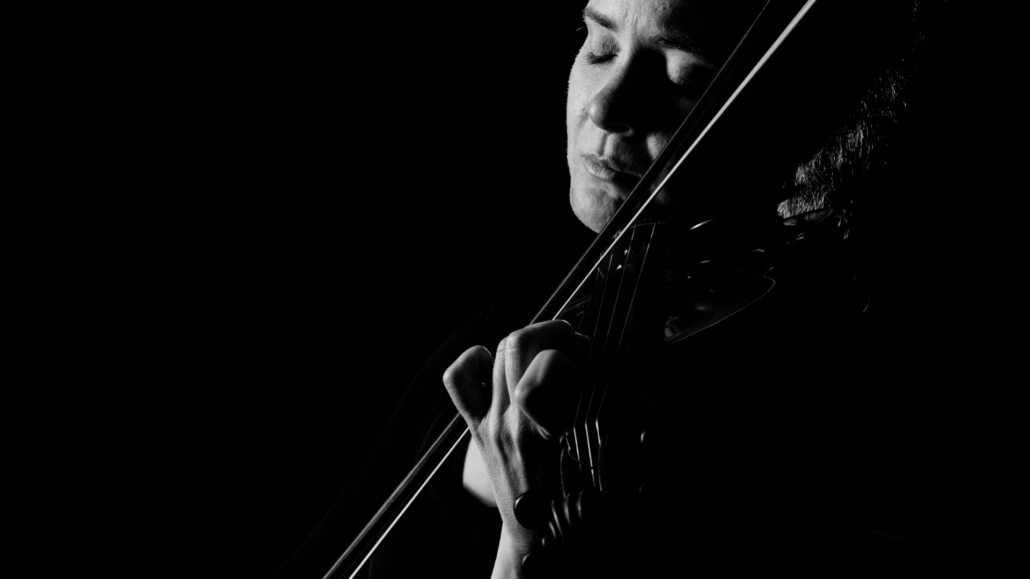APRIL 14, 2024
BEING ROBERT SCHUMANN – BRAHMS SYMPHONY No. 1
Although the Victoria Symphony bid “Adieu” to the troubled and magnificent German composer in January, the Being Robert Schumann series comes to its official conclusion with an epilogue of sorts. The present program, in which the orchestra will be led by Leo McFall, traces the chain of influence that led from Schumann to his younger friend and protégé Johannes Brahms, and then from Brahms to Antonín Dvořák, who in turn would expand the world of classical music well beyond its Central European ancestry.
As Victoria Symphony director of artistic planning Matthew Baird noted in a programming meeting, there is a sense of paying it forward. “The baton is passed, from Schumann to Brahms, and then from Brahms to Dvořák.”
This is how history is made: through friendships and rivalries and by the slow accretion of influences, as well as through moments of high drama, inspiration, and crisis. And while it’s sad that we don’t have a breathless minute-by-minute account of how these three composers’ lives intertwined—pity those future historians who will have to parse the social-media and email records of the early 21st Century—we do have an almost equally invaluable resource: letters.
Whether simply diligent or suffering from some form of obsessive-compulsive disorder, Schumann carefully filed a good portion of the missives sent to him. Having survived time, silverfish, and war, 28 stapled volumes of his correspondence comprising about 5,500 letters addressed to him are currently held by the Jagiellonian Library in Kraków, Poland. A sizeable portion of the estimated 20,000 letters between Schumann and his pianist wife, Clara, is also held at the Robert Schumann House in Zwickau, Germany. Should you happen to read German, work continues on publishing this material, with several volumes already available for purchase.
Brahms was not considered an especially dutiful correspondent during his lifetime, and while his manuscripts have been dispersed around the world, the Brahms-Institut in Lübeck, Germany has recorded approximately 11,000 written communications—most addressed to the composer rather than from him. And while this writer can’t find an authoritative count of the letters Dvořák posted during his 62 years, many have been compiled and published by the Czech historian Otakar Šourek.
So what do these letters say? Well, it’s no exaggeration to claim that these three massive talents made up an unusually robust mutual-appreciation society. “I live in your music,” Schumann told Brahms. “There has never been anything like it before.” Brahms replied by addressing Schumann as his “Honoured Master,” saying “You have made me so immensely happy that I cannot attempt to thank you in words.” After which, of course, he did.
Later on, Brahms repaid the favour by convincing his own publisher to take on Dvořák’s music, after the latter had sent him an uncharacteristically fawning request. The ensuing Slavonic Dances [Op. 46, and later Op. 72] would eventually rival Brahms’s own Hungarian Dances in popularity.
The works in this program set out this lineage in sonic terms. Schumann’s Genoveva Overture, Victoria Symphony music director Christian Kluxen says, finds the older composer exploring the same kind of story that inspired Richard Wagner’s opera Lohengrin. Wagner’s written comments described the third act as “unlucky and foolish… no objection of mine could induce Schumann to discard it.” In Kluxen’s view, the immediate reaction was brusque. “Wagner, as always, said ‘Oh, this is [expletive deleted],’ which made Schumann very unhappy.
“But at this time there’s the two sides of music,” the conductor continues. “There’s the Schumann/Brahms side, and there’s the Wagner/Liszt side. And the Schumann/Brahms people, they said that music had no future with Liszt and Wagner. They would say that music should be more traditional, should develop more traditionally. And this is why it’s interesting to have one of Schumann’s latest works, which shows that he was continuing to not be very modern—but then you have Brahms, who takes over.”
The Dvořák works on the bill—the first three of his ten Legends and the third, fifth, and seventh Slavonic Dances, from Op. 72—highlight another factor in the Schumann/Brahms/Dvořák triangle: the rise in European nationalism that began in the early 19th century and intensified following Schumann’s death in 1856. Brahms, Kluxen points out, hailed from Hamburg, the same part of North Germany where his own family has roots. “People there are very non-rural,” he says. “It’s a trading centre, a harbour, so they get all the influences from around the world first, and this makes people feel special in Hamburg.
“But Brahms didn’t want to be a North German composer,” he adds. “He wanted to be the German composer, which he then became—in all humility, you could say, because it took him 20 years to compose his first symphony before he thought he was okay.”
“What about those Hungarian dances?” you might well ask.
“There are always these Hungarian moments in Brahms’s music that connect to Bohemia and to Hungary, showing that Germany was really a very, very big country in the 19th century,” Kluxen replies. “And remember that at this time the area of Czechoslovakia where Dvořák came from was very, very much part of Germany as well, geographically and historically. So you cannot say ‘Oh, Dvořák was a Czech composer.’ He was Bohemian!”
Wars have been fought over less, but we won’t get into that now.
What is certain is that ending with Brahms’s Symphony No. 1 in C minor makes for a very fitting conclusion to the Victoria Symphony’s Schumann saga. The work’s gestation period was almost certainly prolonged by Brahms’s sensation that his mentor was standing behind him and looking on, not always with a kindly eye, and in it he is certainly mourning Schumann’s death, as well as reflecting on his complicated relationship with the composer’s widow. And that’s another way history accumulates—not in syllables but in sound.
Notes by Alex Varty



 Leo McFall, conductor
Leo McFall, conductor